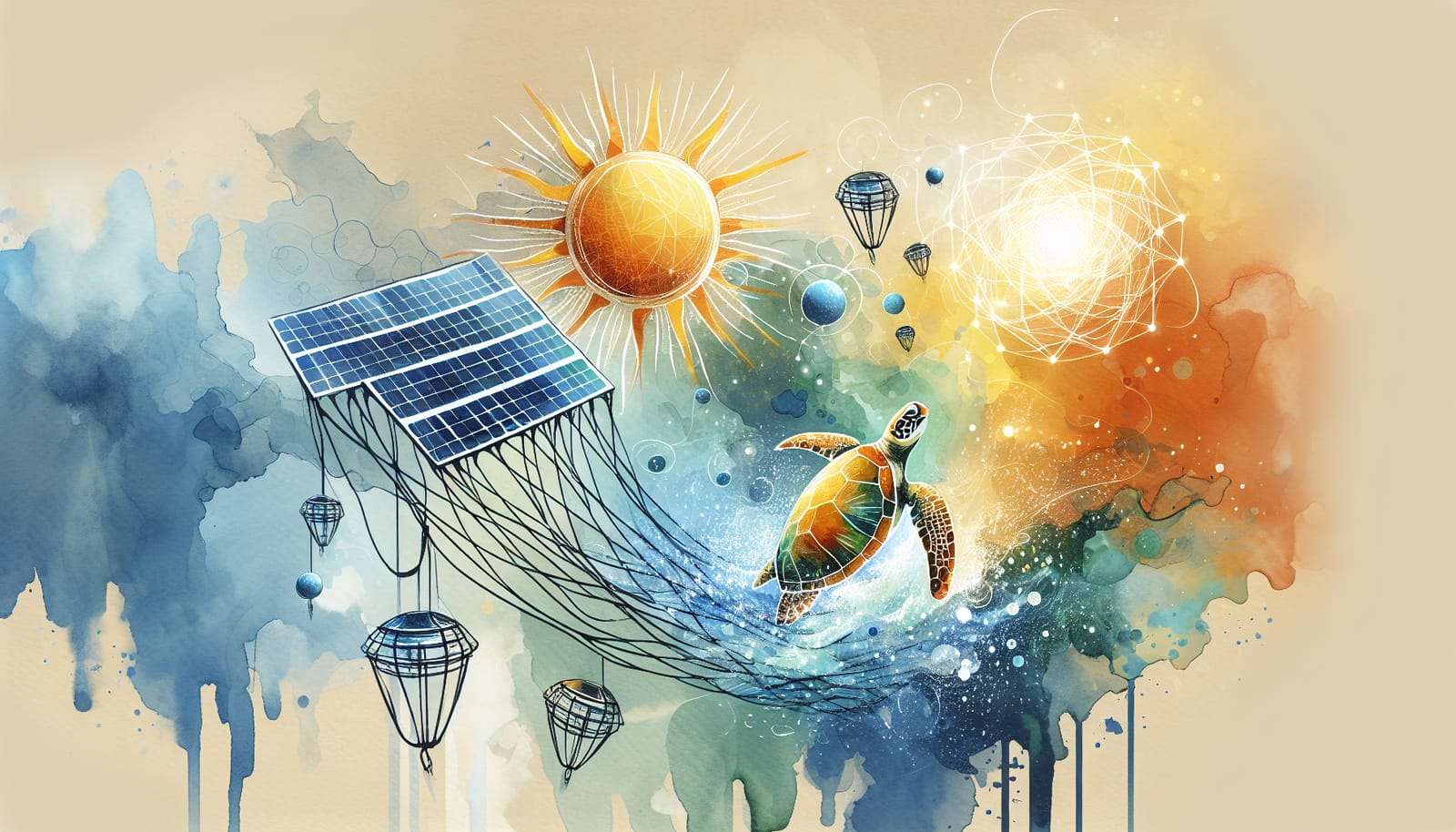Swiss researchers are making exciting strides in the field of materials science by developing a groundbreaking method to cultivate metal from a water-based gel. This innovative approach holds the potential for remarkable advancements in energy technology, paving the way for unique sensors, biomedical devices, and components for energy conversion and storage.
At the Ecole Polytechnique Fédérale de Lausanne, scientists have successfully created dense, high-strength structures by infusing hydrogel with various metal salts, including iron and copper. Their early findings are truly impressive, showing materials that are twenty times stronger and experience significantly less shrinkage compared to previous techniques.
While the term “cultivating metal” may sound novel, it’s worth noting that earlier attempts have faced significant challenges. Previous methods relied on vat photopolymerization, a specific 3D printing technique that involves using a light-reactive resin. However, this method was limited to light-sensitive polymers, hindering its broader applications.
Daryl Yee, who leads the Laboratory for the Chemistry of Materials and Manufacturing at EPFL’s School of Engineering, has pointed out the shortcomings of earlier approaches. He stated, “These materials tend to be porous, which significantly reduces their strength, and the parts suffer from excessive shrinkage, which causes warping.”
To overcome these challenges, Yee and his team have developed a new technique described in their recent publication in Advanced Materials. Instead of solidifying a pre-mixed resin with metal compounds, the researchers first 3D print a framework using a simple hydrogel. They then soak this framework in metal salts, which are transformed into tiny metal-containing nanoparticles that permeate the gel. By repeating this process multiple times, they create composites with exceptionally high metal content.
After completing five to ten of these growth cycles, the remaining hydrogel is removed through heating, resulting in a dense metal or ceramic object that mirrors the original printed gel's shape. Because the metal salts are introduced after printing, the same hydrogel template can be used to create a diverse array of metals, ceramics, or composite materials.
Yee emphasizes the significance of their work, stating, “Our work not only enables the fabrication of high-quality metals and ceramics with an accessible, low-cost 3D printing process; it also highlights a new paradigm in additive manufacturing where material selection occurs after 3D printing, rather than before.”
For their study, the team crafted intricate mathematical lattice shapes known as gyroids from iron, silver, and copper, showcasing the technique’s ability to produce robust yet complex structures. They utilized a universal testing machine to measure the strength of these materials, revealing that their creations could endure twenty times more pressure than those made with previous methods, while exhibiting only 20% shrinkage compared to the 60-90% seen before.
This innovative technique is particularly promising for producing advanced three-dimensional forms that are strong, lightweight, and complex. Metal catalysts, for instance, play a crucial role in facilitating reactions that convert chemical energy into electricity. Additionally, the team envisions applications involving high-surface area metals with advanced cooling properties for energy technologies.
Looking forward, the researchers are committed to refining their process to further enhance the density of their materials. They also aim to speed up the production time, as the infusion steps, while essential for strengthening the materials, can be time-consuming compared to other 3D printing techniques.
Yee shared their aspirations: “We are already working on bringing the total processing time down by using a robot to automate these steps.”
This remarkable advancement in cultivating metals from water-based gels opens up a world of possibilities, and it’s a wonderful testament to the ingenuity and dedication of researchers striving to make our world a better place.


